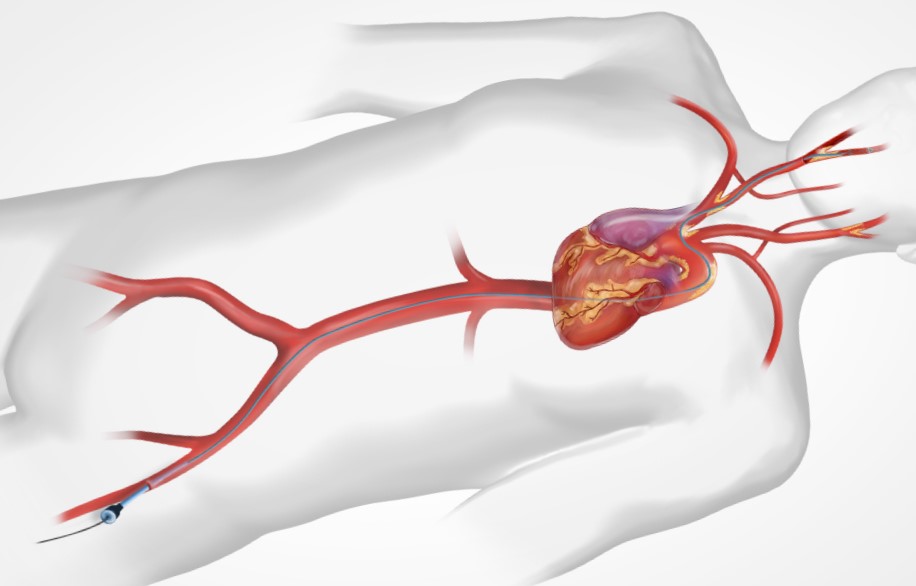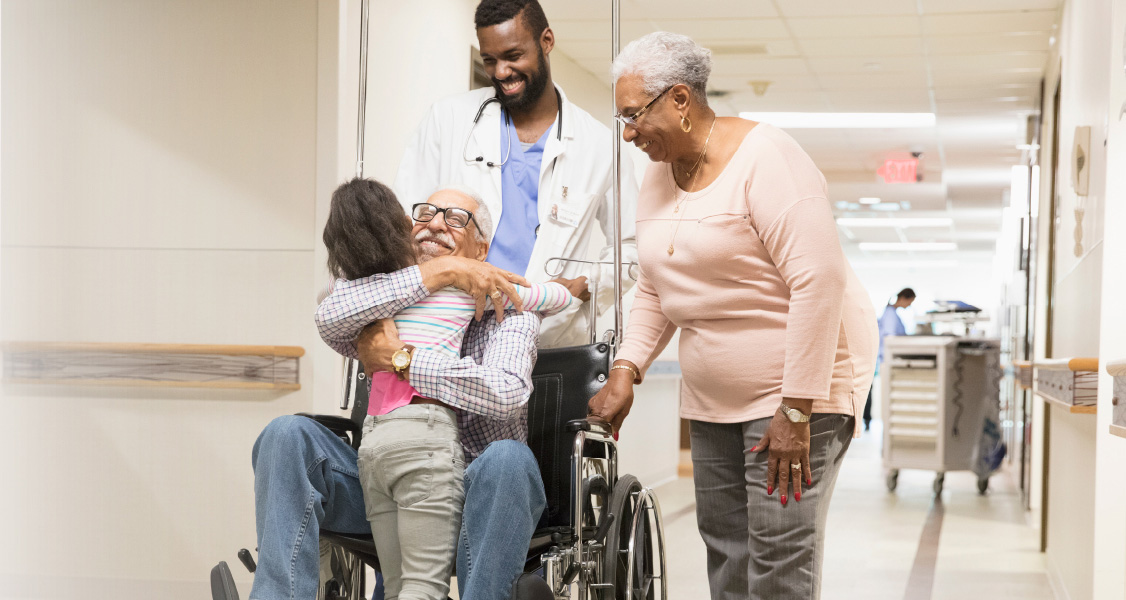Transcarotid Artery
Revascularization (TCAR)
Combining the benefits of surgery with a less invasive approach
Transcarotid Artery
Revascularization
(TCAR)
Transcarotid
Artery
Revascularization
(TCAR)
A Less Invasive Way to Prevent Stroke and Treat Carotid Artery Disease
TCAR is a carotid artery procedure that carries the same low stroke rate as the traditional surgical option (CEA) with a less invasive approach that reduces the risk of heart attack and nerve injury. TCAR also reduces the time required to perform the procedure and the amount of time the average patient needs to spend recovering in the hospital.
TCAR Versus CEA and TF-CAS
Watch a short video on the differences between carotid endarterectomy, transfemoral carotid artery stenting, and the less invasive TCAR procedure.
The TCAR Procedure
During the TCAR procedure, patients are protected from stroke since blood flow on the side being treated is temporarily directed away from the brain and into a filter – this helps prevent any dangerous, fatty material from going up to your brain and causing a stroke. A flexible, metal tube called a stent is placed in the carotid artery to help prevent strokes and increase blood flow to the brain.
Less Invasive Carotid Artery Disease Treatment Benefits

Exceptional
Stroke Prevention

Less Risk of Having a Heart Attack

Less Risk of
Nerve Damage

Shorter
Hospital Stay
Pre & Post TCAR Treatment
What to expect before and after the procedure:
- Most patients are able to go home the day following the procedure
- You may experience some pain after this procedure, but it should be minimal
- Follow all of your physician’s instructions for taking care of your incision site
- If you experience unusual headaches, dizziness or other unusual symptoms, call the physician who performed your procedure immediately or dial 911
- It is important to follow your physician’s instructions for medication before and after this procedure. Drink plenty of water before midnight the day before your procedure
Risks of Transcarotid Artery Revascularization
Risks of Transcarotid Artery Revascularization
Additional Carotid Artery Treatment Options

Medical Therapy
Managing your carotid artery disease with medication

Carotid Endarterectomy
Surgical treatment option to reduce the risk of stroke

Transfemoral Carotid Artery Stenting
Carotid artery disease treated with a stent placed with access through the upper leg
Insurance and Medicare Coverage for TCAR

Diagnosed with Carotid Artery Disease?
Search physicians and practices that perform carotid artery surgery using the latest technology

